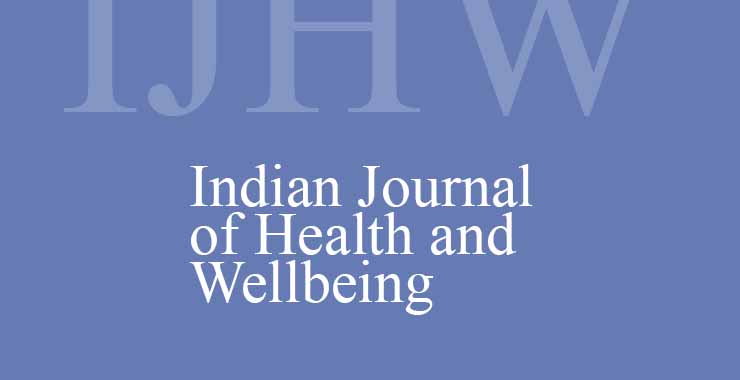Hope, Resilience, Intolerance to Uncertainty and Fear of COVID-19 among Adolescents during Pandemic Conditions
Original price was: ₹ 201.00.₹ 200.00Current price is: ₹ 200.00.
Page: 156-165
Kanishka Agrawal and Waheeda Khan (Department of Psychology, SGT University, Gurugram, Haryana)
Description
Page: 156-165
Kanishka Agrawal and Waheeda Khan (Department of Psychology, SGT University, Gurugram, Haryana)
COVID-19 pandemic has been shown to provoke uncertainty and was associated with numerous adverse mental health effects in a number of studies. Studies also suggest that hope and resilience help in improving mental health. Also, the fear of COVID-19 is strongly related with stress, anxiety, depression, and even suicide. However, hope and resilience have been shown to be protective factors in adverse situations. Moreover, adolescence is a period of change and turmoil. Therefore, the purpose of the present study was to explore hope, resilience, intolerance to uncertainty (IU) and fear of COVID-19 among adolescents during pandemic times in 2020. The primary objective was to see whether fear of COVID-19 would influence hope, resilience and IU in 150 school-going male and female adolescents, aged between 16-19 years. Data was collected online (snowball technique) by applying reliable and valid scales of Adult State Hope, Brief Resilience, Intolerance to Uncertainty, and Fear of COVID-19. Results showed that males (N=68) had significantly higher IU and fear of COVID-19 as compared to females (N=82). Intolerance to uncertainty significantly predicted fear of COVID-19 (B=0.44), explaining 44 % of the variance in the prediction of fear of COVID-19 (N=150). The strong contribution of IU in the prediction of fear of COVID-19 seems to be a valuable outcome of the study, in addition to the presence of more fear and uncertainty in male adolescents. It may be concluded that fear of COVID-19 and IU should be looked at from a gender perspective, and certain protective measures be adopted to overcome this adverse situation. Results are discussed in the context of available evidence and limitations of the study.

